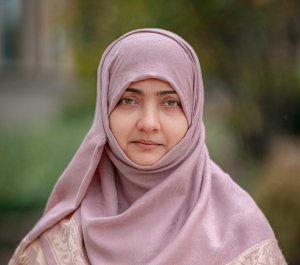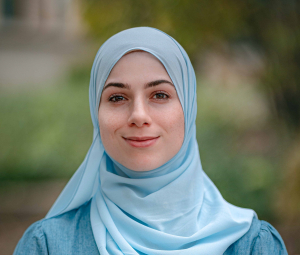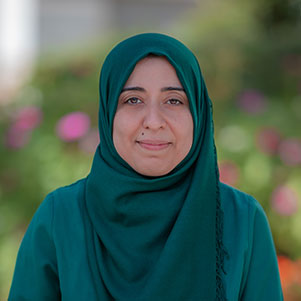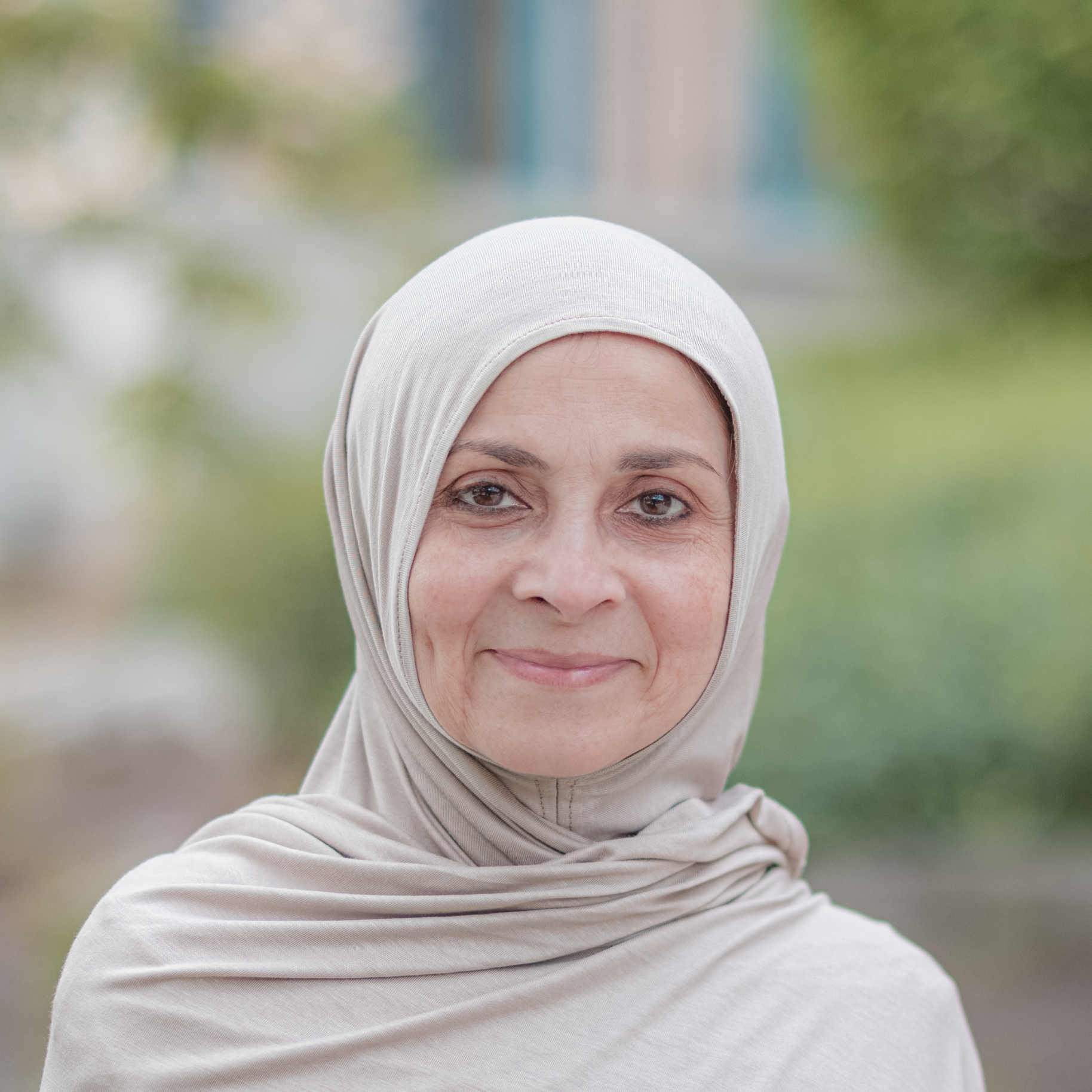The Second Plane of Development
Maria Montessori divided human development into Four Planes of Development, each defined by needs and sensitivity to learning. The second plane, characterized by Montessori as ‘the Metamorphic Age,’ is from age 6 to 12. This is the period of intellectual growth, socialization, reasoning, imagination, cultural interest and a heightened sense of social justice. To address all these needs, the Elementary curriculum must be vast and engaging. At Unity Academy of Chicago, the Elementary curriculum builds on the goals of the Primary curriculum and offers learning opportunities in harmony with the teachings and values of Islam.
The following are highlights of our program:
- Multi-age classrooms: Our Elementary classroom consists of children from 6 to 10 years of age. Children progress through the curriculum at their own pace. Since a Montessori environment fulfills the academic and social needs of the children, the curriculum is designed to accommodate an entire span of interests and abilities, from that of the youngest child to the oldest.
- Academic preparation: The children are taught in a holistic and interdisciplinary manner. The Great Lessons are magnificent stories that span great vistas of time and space. They give the children an understanding of the cosmos. The children learn by working with hands-on materials designed to inculcate a deeper understanding of the underlying concepts. The skills learned in mathematics and language arts are integrated with botany, zoology, history, geography, geology, chemistry, physics and practical life. The curriculum is aligned with Islamic studies, individualized Quran lessons, and Arabic. The program cultivates the curiosity of the children while nurturing in them a sense of wonder.
- Hands-on materials: The Montessori curriculum is based on hands-on materials which isolate concepts and lead to exploration and discovery. Within most materials there are built-in features that allow children to find and correct their mistakes. Teachers present materials by following a logical scope and sequence. They are the guides who connect the child to the materials and then encourage the child to practice until he is able to abstract the concept.
- Close-knit community: Our classroom is a close-knit community of peers who are learning to play their part in this world. The class community is a source of “life lessons.” Values like social responsibility, spiritual awareness, community service and ultimately global citizenship are the outcomes we are striving to instill in the children.
- Global citizenship: We strive to raise children with a sense of sympathy, tolerance and a deep awareness of their place in Allah’s (swt) cosmic plan as well as their role in it. We strive to foster a higher sense of awareness of being a global community with the moral responsibility of serving humanity.
The Elementary Program
The Montessori Curriculum for Lower and Upper Elementary is a spiral curriculum based on arousing the curiosity of the children, leading them to make discoveries and learning through hands-on didactic materials. The areas of language, math, geometry, botany, zoology, geography, and history are all taught in an organized scope and sequence that drives the child towards abstraction of the fundamental concepts in each subject area.
Language
The language area of the curriculum teaches reading and writing through phonetic analysis and mechanics of decoding, with a simultaneous emphasis on reading for comprehension and critical thinking. Students receive instruction in important components of the language curriculum such as grammar, punctuation, and word study for vocabulary building. Writing is emphasized as an important part of each day with students writing stories, letters and other creative forms of writing for self-expression and communication. They also develop research skills through detailed research reports on topics of interest to them. Spelling work is individualized with several different spelling groups within a class community.
Literature circles are fundamental components of our language arts curriculum. Students are introduced to poetry and a variety of different literary genres in order to build their comprehension skills and familiarize them with in-depth textual analysis. In the Upper Elementary program, students further engage in sentence analysis, sentence diagramming, and key comprehension skills such as recognizing author’s purpose, making inferences, understanding context clues, discerning cause and effect, analyzing characters, and identifying themes.
Mathematics
The Montessori math curriculum teaches students to develop a logical and critical mind. Students are presented with concepts in addition, subtraction, multiplication, division, fractions, measurement, money, time, and problem-solving. Students gain mastery of math concepts with a range of Montessori materials. Through the three-year cycle, children move to more abstract materials and procedures. We also work on memorization and calculation of facts. Students work with graphs and charts to develop data-organizing skills.
The Upper Elementary child does not want to just do and explore; they want to solve with a new method. Having already used and mastered math materials, abstract formulas now become meaningful and effective. Advanced concepts like common multiples, factors, fractions with unlike denominators, decimals, percent, integers, exponents, square and cube roots are studied.
Geometry
The geometry area builds upon the sensorial area in the Primary program. Students are introduced to concepts and nomenclature for lines, angles, triangles, quadrilaterals, angles, circles, and three-dimensional solids. Symmetry, congruency, similarity, and equivalence are introduced and practiced until a level of mastery is achieved. In the Upper Elementary program, perimeter, area, and volume are studied. Using Montessori materials, students discover formulas and apply these concepts to identify the relationship of various geometric figures and to determine the areas of advanced polygons. Students explore methods to determine surface area and volume, arriving at theorems and formulas that can be applied to solving problems.
Cultural Studies
The cultural area makes up a major part of the Montessori Elementary curriculum. It includes the areas of botany, zoology, history, geography, and physical science. This area is presented through impressionistic charts, timelines, nomenclature cards, and presentations that strike the imagination. The cultural subject area instills in the learners the concept of interconnectedness and purposeful creation of the universe.
In the area of botany, students learn about the structure, parts, and functions of plants. They learn about the diverse types of plant life on our planet and how to derive connections between the world of plants and other living domains through research, demonstrations, and experiments.
In zoology, children learn about the classification of animals and their characteristics. Students develop a deep understanding of the animal kingdom through nomenclature cards, stories, and charts. The system of scientific classification is introduced. The children learn about the vital functions of both invertebrates and vertebrates. The Timeline of Life is studied as classes of animals are presented in the order in which the corresponding fossil evidence was discovered.
Children can explore the universe, their world, and different world cultures through geography and history. Children work on the maps of the continents and develop a deep understanding of each continent through the study of the terrain, flora, fauna, and climate.
History is taught through the use of timelines and charts. In this area, students develop an understanding of their place in the world. Students are presented with the larger concepts and then move on to the deeper details.
Astronomy lessons are given with an emphasis on the child’s place in the universe. Study of stars, planet research and the study of celestial bodies are conducted.
The structure and formation of earth, types of rocks, volcanology, minerals, weathering, work of water, plate tectonics, oceans and mountains are a few physical science topics that students will explore.
Practical Life
Practical life in the Elementary program retains the important aspects of taking care of self, care of the environment, grace and courtesy and purposeful movement. However, at the elementary level there is an added emphasis on connections and higher goals. Students perform jobs to take care of their classroom and school environment. Keeping the classroom environment clean is the responsibility of all the students. This gives them a sense of attachment and accountability towards their classroom environment. Elementary students routinely help to maintain their classroom and school environment.
Students engage in cooking, preparing and setting up snacks for their peers, washing dishes, loading and unloading dishwashers, folding laundry, vacuuming, mopping, taking out compost, watering plants and gardening, among other housekeeping tasks.
The students feel a sense of ownership and pride in community service projects such as raising funds for different causes. They engage in acts of charity – gathering food, clothes and toys to help the less privileged members of our society. Elementary students have a heightened sense of social justice, at times engaging in writing letters to raise awareness for social issues.
Grace and courtesy lessons take a complex turn, dealing with how to solve problems, facilitate peace among peers, stand up for the right things, and participate in class meetings. Here, children learn sympathy, independence and interdependence, community involvement, social responsibility and peace-keeping – all important traits for building future global citizens.
Islamic Character in the Elementary Program
The ultimate success will be for the pious ones! [7:128]
As human beings, when we look at the entirety of existence, we are struck with awe. Whether our gaze goes up to the limitless heavens, down to the subatomic level, outward to complex societies, or inward to the unfathomable soul, we see His Face. To live in this sense of awe is the state of taqwa or piety.
To engender taqwa and an Islamic character in our students is the primary aim of our school. Islamic character is a way of being in the world and not mere knowledge or skill. The Montessori method is well-aligned with this idea of character development and spirituality. Thus, we infuse our Montessori programs with acts of worship and the sources of divine guidance that can lead us to the “ultimate success.”
The Islamic character curriculum at the Elementary level is structured to assist students in building a relationship with Allah (swt), the Quran and the Ahlul Bayt (as) through the following approaches:
Quran & Arabic
Tajweed is the practice of reciting Quranic verses correctly, as they had been done by Prophet Muhammad (s). At the Elementary level, the students’ goal is to develop fluency in the correct recitation of the Quran and progress toward the comprehension and application of tajweed rules.
Makharij involves giving every letter its right and articulating it from the correct places in the mouth, nose, and throat. Learning the correct makharij of Arabic letters is the foundation of tajweed. Once the makharij have been mastered, students progress in learning the basic and advanced tajweed rules and their application during recitation.
Worship
In the Elementary program, students take their acts of worship to a deeper level. Students consolidate their learning of Quranic Arabic by memorizing more challenging surahs. Group memorization is teacher-led: the whole class practices and memorizes the text together. Individual memorization is student-led and differentiated based on each student’s age and level of understanding. Students also work on correcting and memorizing the adhkaar of salaah, ziyaarahs and supplications narrated by the Ahlul Bayt (as). Teachers lead the formal prayer as students mimic the movements and recitation. As some students reach the age of accountability, they perform wudhu and the obligatory salaah with concentration. Students begin to attend salaat al-jumu’ah, which is a great inspiration for them each week.
Virtues Calendar and Role Models
It is very important for children to have a connection with the messages that Allah (swt) has sent in the Quran by learning about the noble values it mentions and the role models who exemplify those values.
This connection is nurtured by introducing a verse and its background of revelation. The students learn the vocabulary of that verse and are assisted in understanding the meaning and implications of it.
The connection is also reinforced by events and observances in the Islamic calendar, such as Ramadhan, Muharram, and the birth and death dates of our infallible role models.
Object lessons
“A child who has become master of his acts through long and repeated exercises and who has been encouraged by the pleasant and interesting activities in which he has been engaged, is a child filled with health and joy and remarkable for his calmness and discipline.” (from The Discovery of the Child by Maria Montessori)
Object lessons are practical experiments and concrete examples of an abstract idea, principle, or virtue learned from the Quran and the Ahlul Bayt(as). For example, consider the verse:
“Hold fast, all together to Allah’s rope and do not be divided.” [3:103]
The message of this verse can be made real for students by demonstrating the strength of a stack of dowels or sticks. Students can only break the dowels or sticks when they are separated from the stack.



















